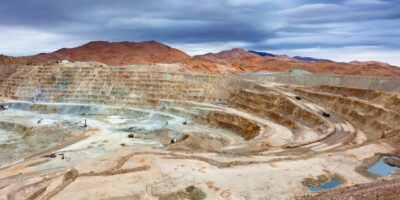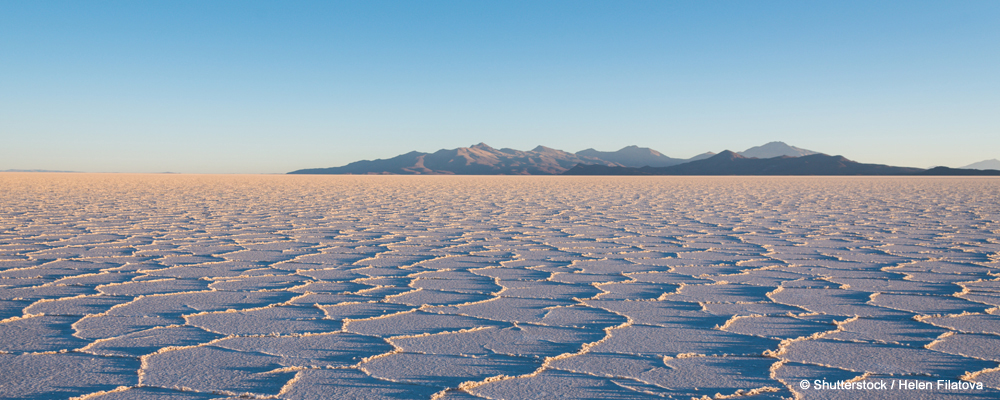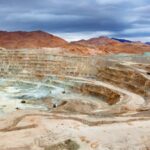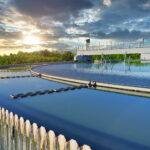Mining is a water-intensive industry. Extracting mineral resources often demands substantial water usage, which can strain local resources. But this doesn’t have to be the case. By adopting a responsible, integrated water management strategy that leverages industry expertise and innovative technology, mining companies can significantly reduce their environmental impact and freshwater consumption.
Managing efficient and environmentally responsible mines
Water is critical to efficient mining operations, and its management should cover the entire mine lifecycle within a watershed context. A comprehensive mine water management strategy enables mining companies to optimise water use, anticipate risks and minimise their environmental footprint.
Adopting an integrated mine water management strategy plays a key role in the success of mining operations. Modern technologies empower the industry to manage water more sustainably, reducing environmental impact, improving public perception and accelerating permitting processes.
The essential role of water in mining
Despite differences in size, location and commodity types, mining operations share common water management challenges. Water availability, both surpluses and shortages, affects everything from production to permitting and community relations. Poorly managed water—untreated effluents, contaminated runoff and groundwater—can harm the environment and lead to extensive and costly cleanups that disrupt neighbouring communities.
Key considerations for water management in mining include:
- Operational mine water planning
- Mine dewatering
- Catchment-scale water balances
- Tailings facility management
- Mine water supply optimisation
Fusing industry expertise with cloud technologies
Water-related challenges in mining are complex, with no one-size-fits-all solution. Well-managed sites typically employ tailored approaches, combining industry expertise with modern technology. For example, physics-based groundwater models updated with real-time data can provide mine operators with a clearer and more comprehensive understanding of the dynamic between site operations and groundwater levels. Cloud-based platforms, like MIKE Mine, provide a real-time overview, enabling critical decisions quickly and accurately.

Stewardship through efficient, sustainable mining
For more insights into effective water management practices please review the International Council on Mining and Metals (ICMM) – Water Stewardship in Mining: A Good Practice Guide (2021). This guide provides insights into effective water management practices in the mining industry, emphasising sustainability and the importance of integrating water stewardship into business operations.
To explore advanced mine water solutions like MIKE Mine, reach out to learn how DHI’s cloud-based platforms can help you make smarter, faster decisions at your mine site.








